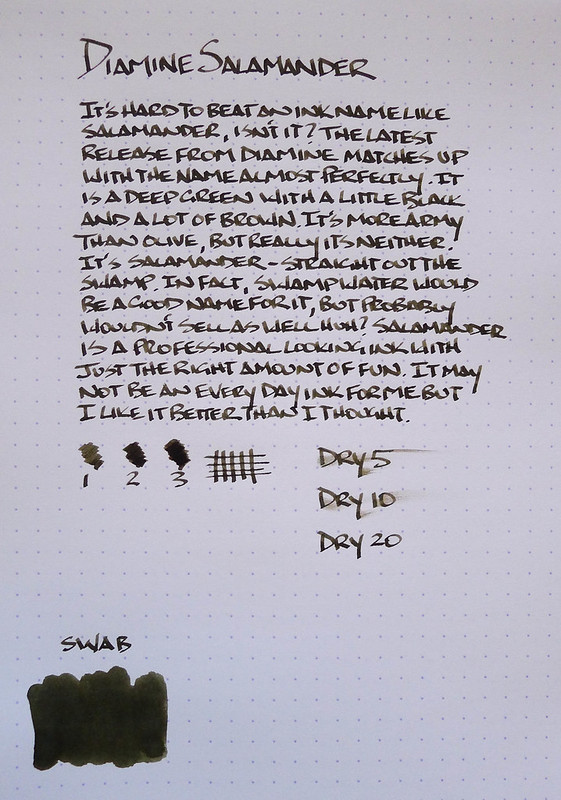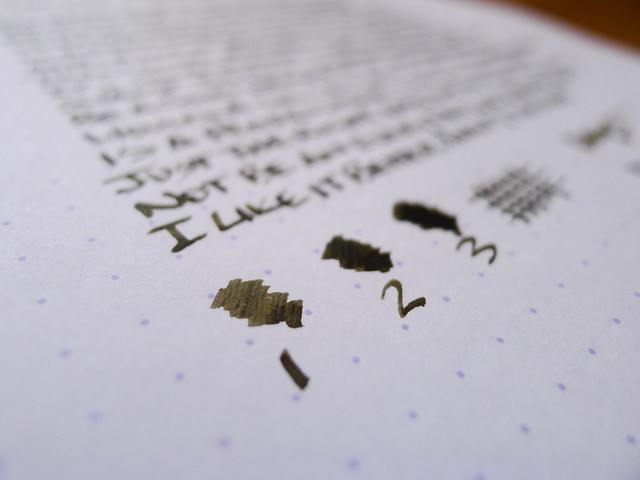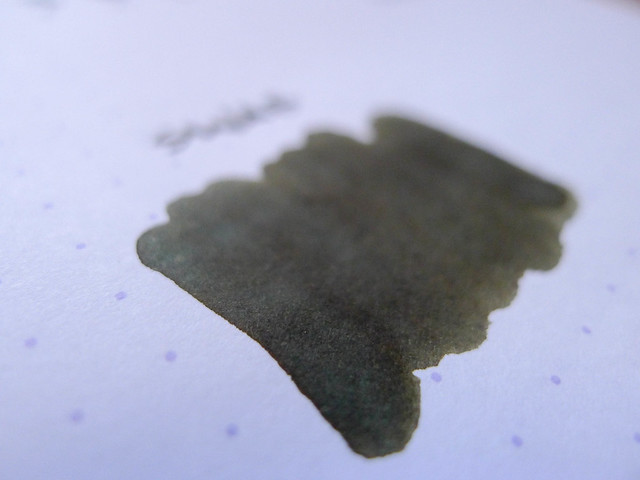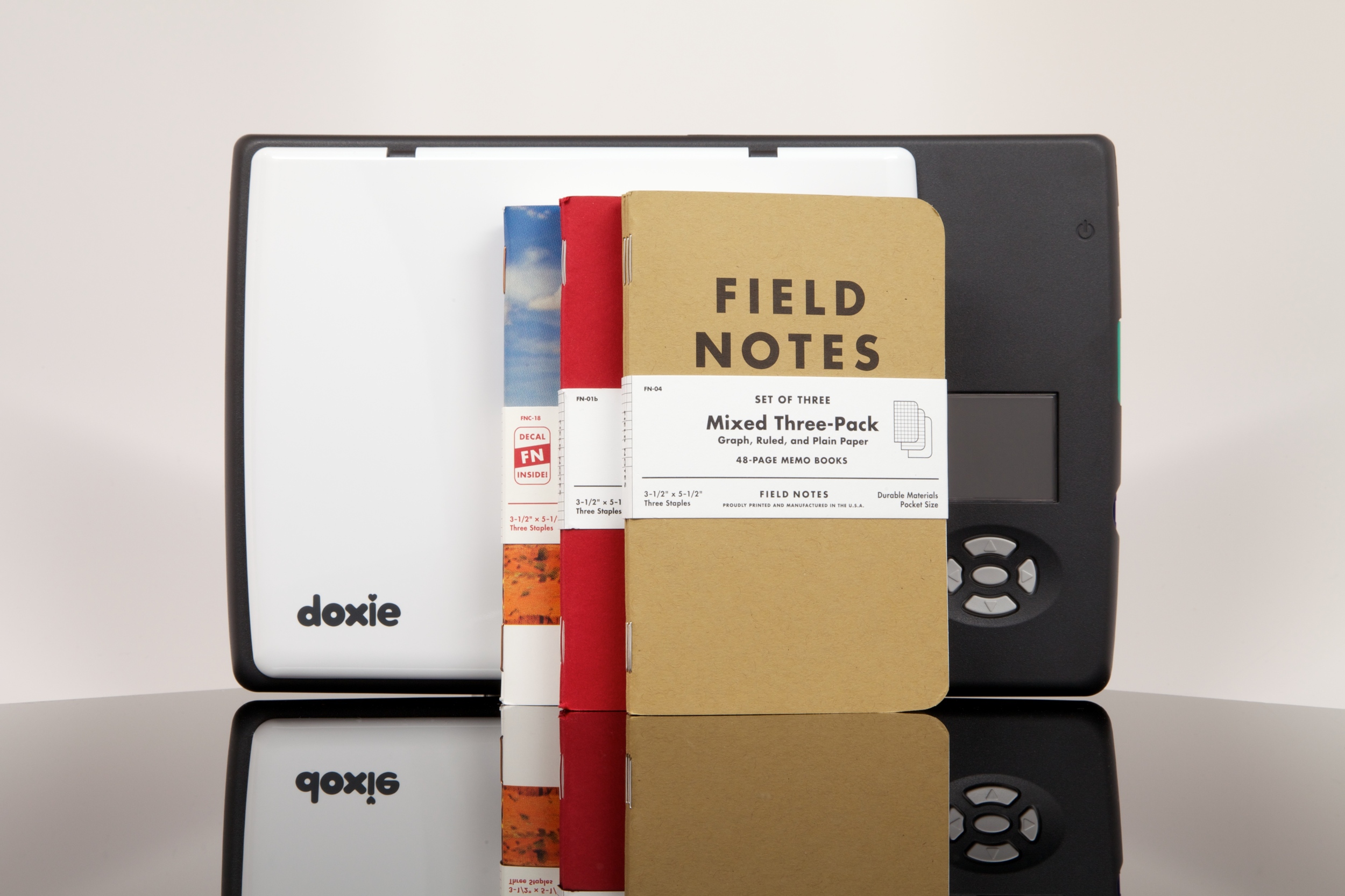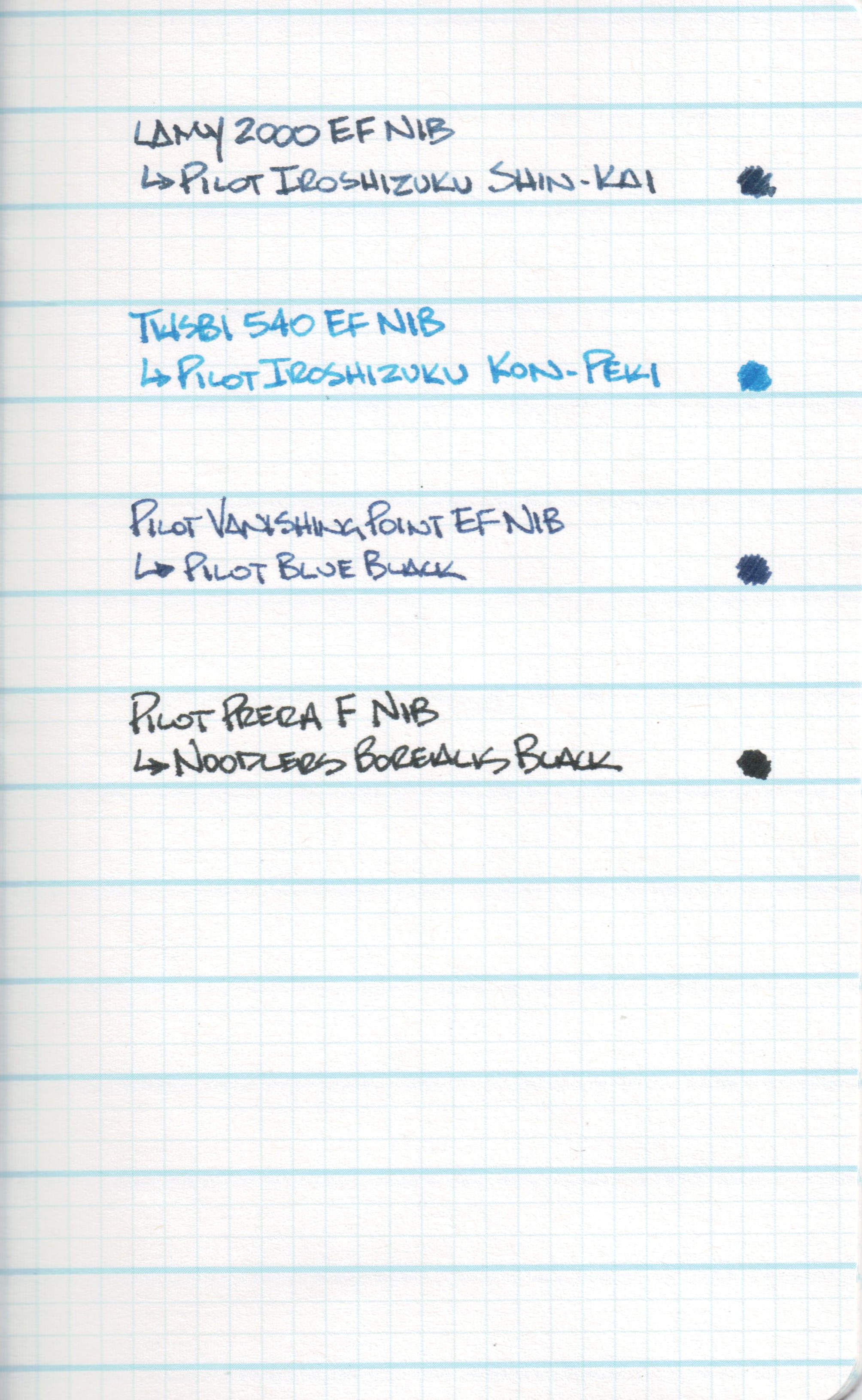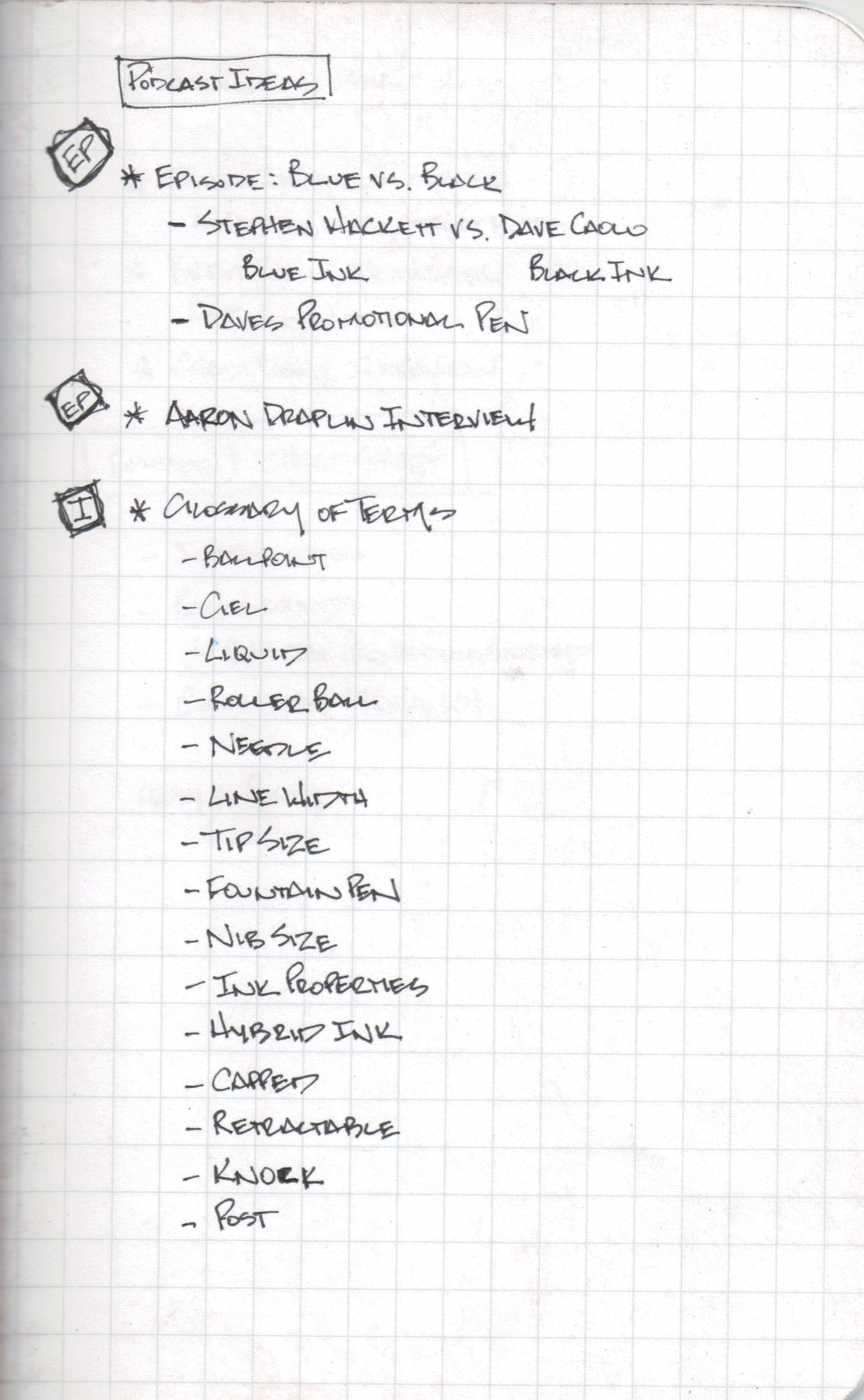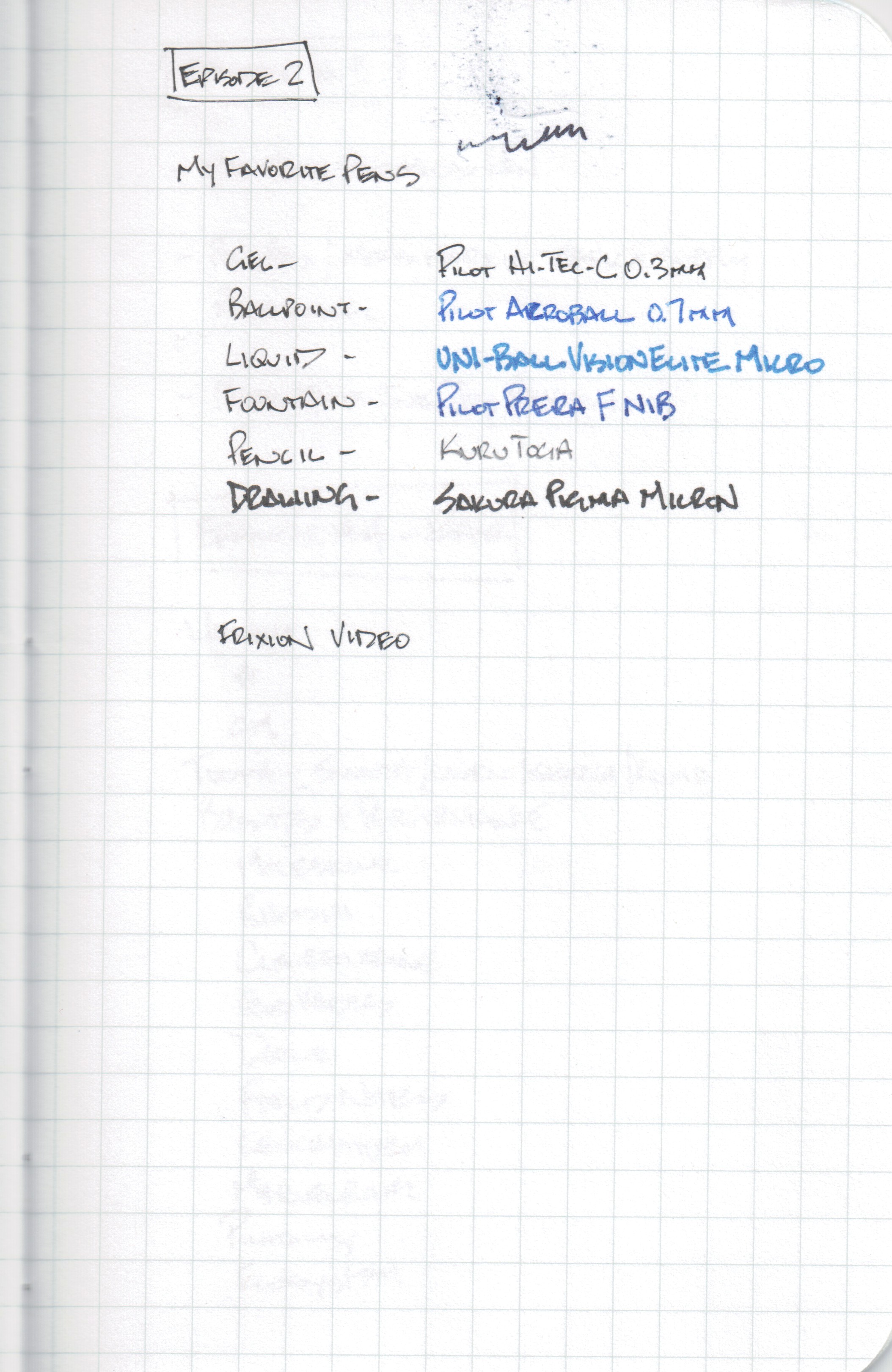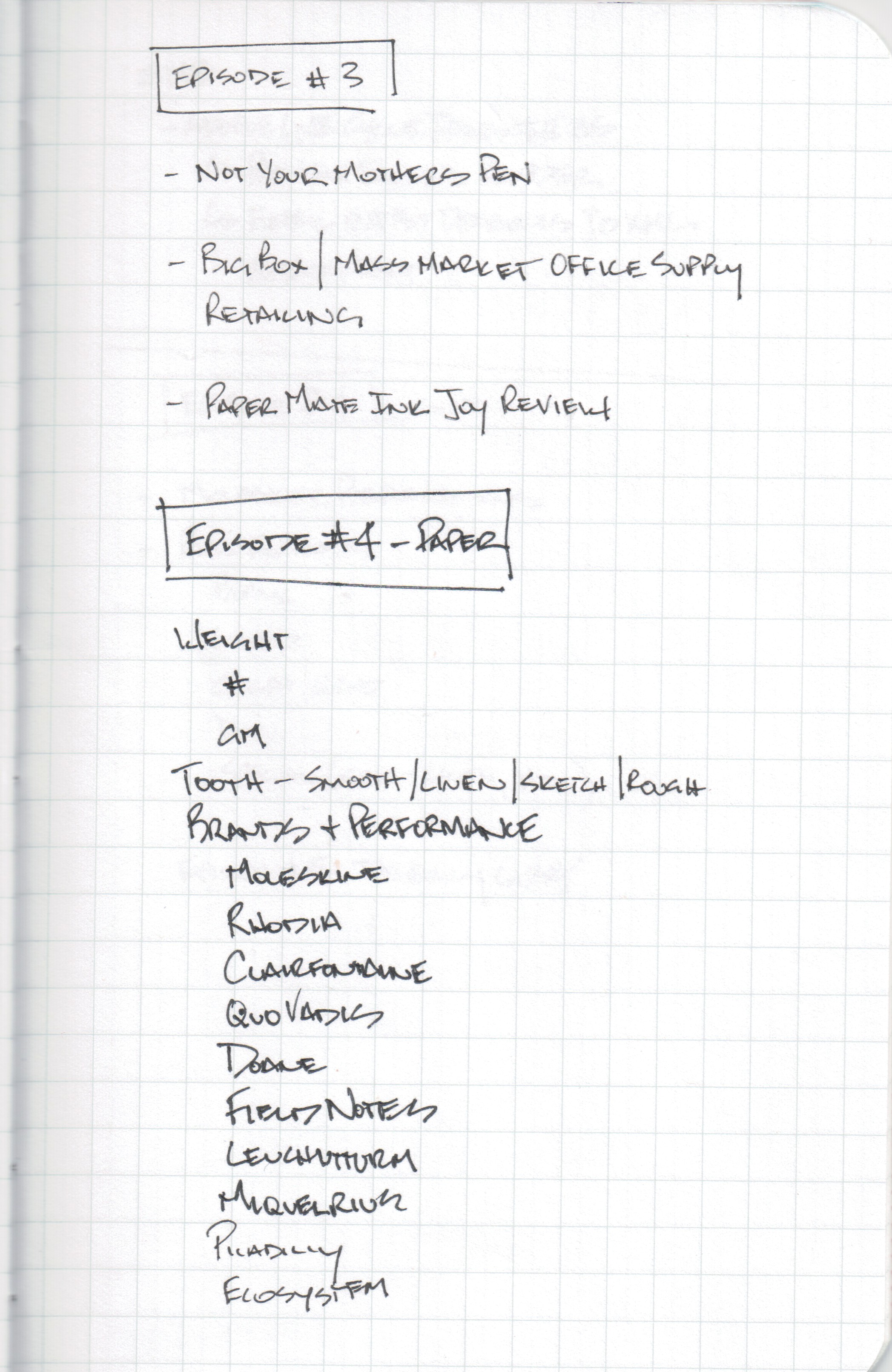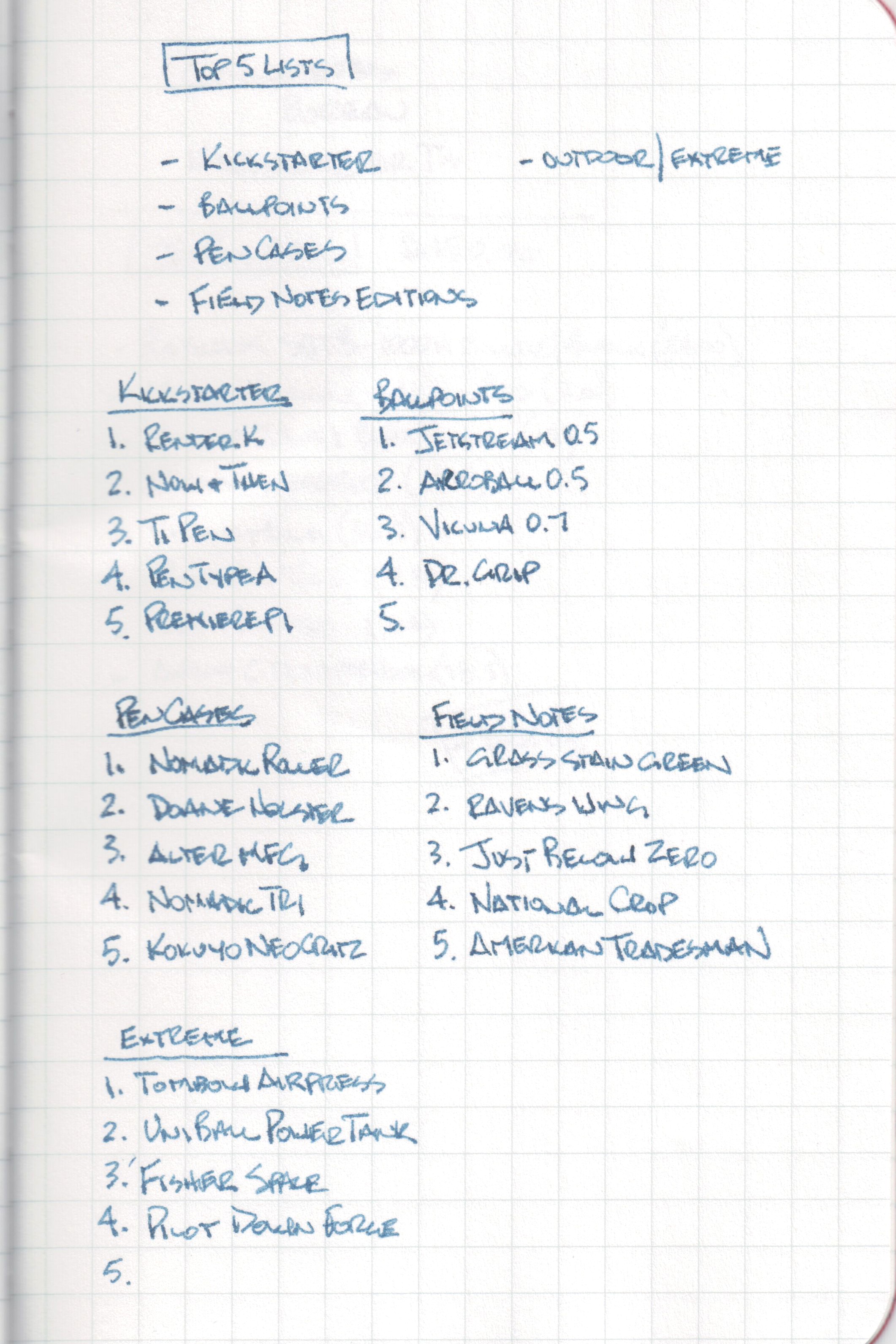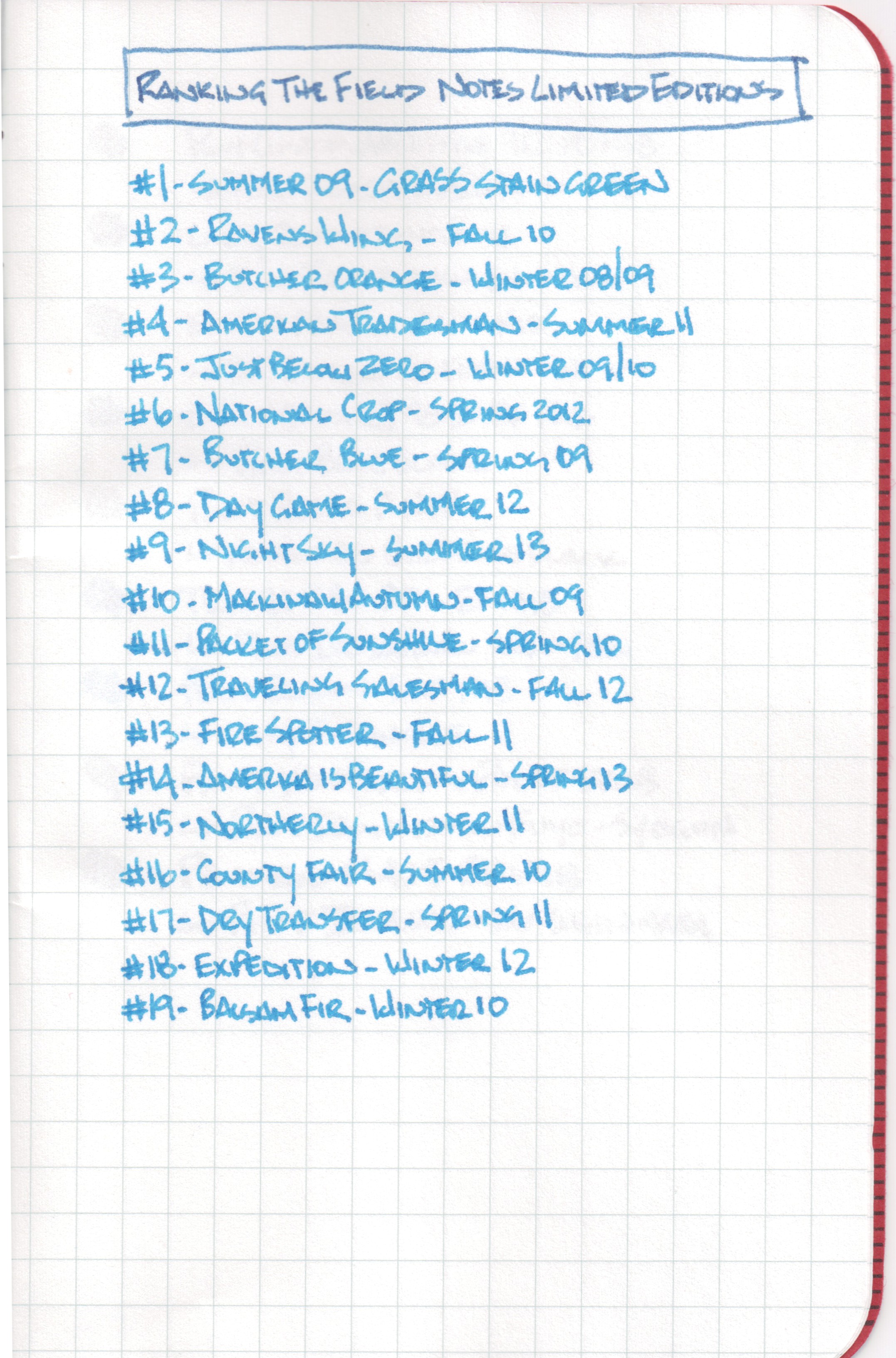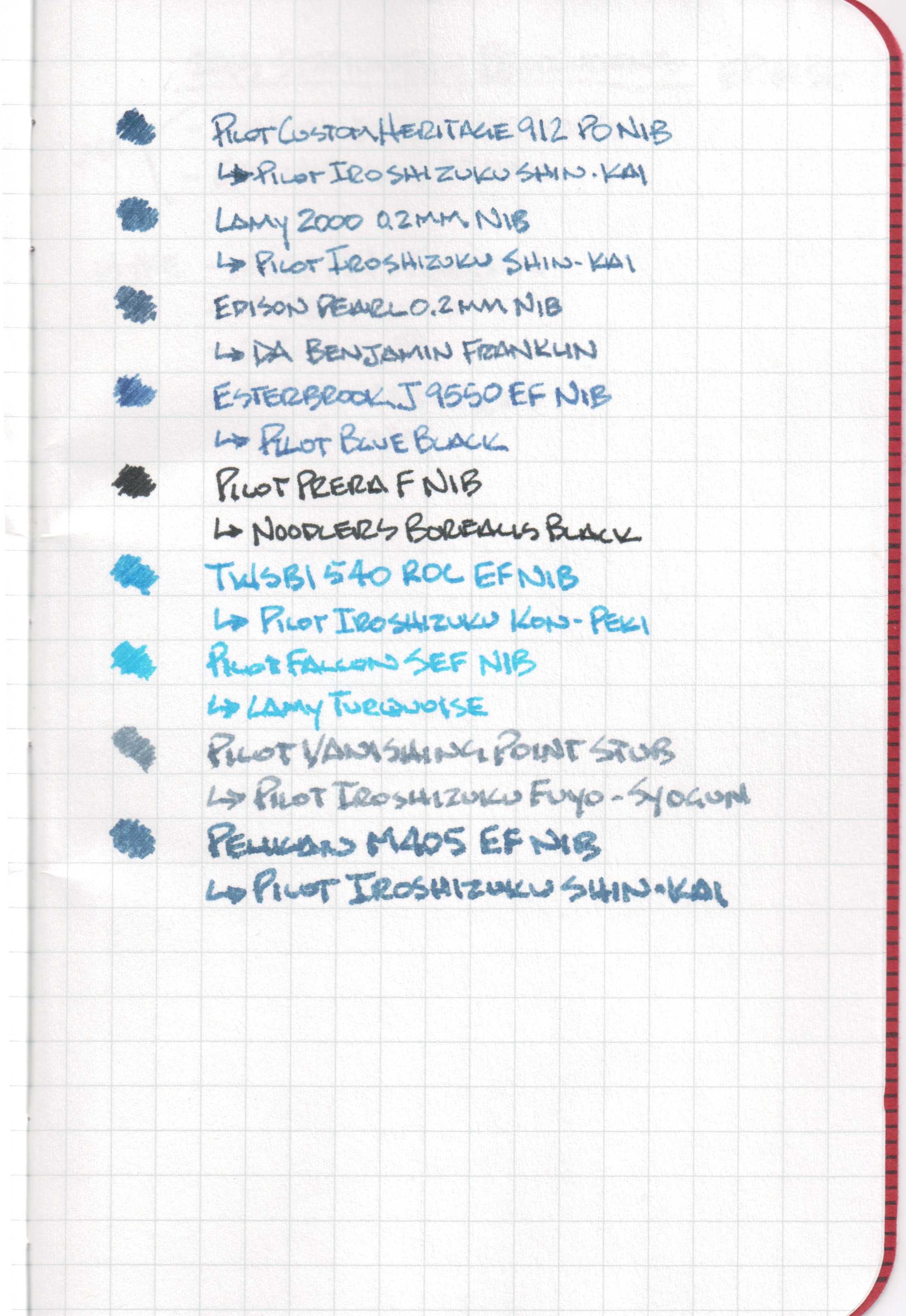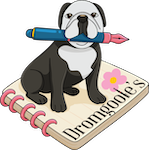When I first became interested in fountain pens and the variety of inks that are available, I made a large bet on Noodler's Heart of Darkness. This was at a point in my fountain pen journey before I knew about ink samples. So, I purchased a 4.5 oz bottle of Heart of Darkness from Amazon that I soon discovered was impossible to use with a fountain pen converter because the bottle opening was too narrow. It was meant to be used with an eyedropper only. I was disappointed, to say the least.
I got by with a syringe for a while. I filled my converter pens with the syringe after dunking it in the large bottle.
Then I discovered TWSBI. I love the two TWSBI pens I own, and their inkwell caught my eye at first because it was, well, eye-catching. But I soon realized that this would be my solution to the awkward Heart of Darkness problem I got myself into.
So what makes this inkwell special? It makes filling TWSBI pens extremely easy, and also works with all other fountain pens.
Before we dive in, it's important to note that only the TWSBI Diamond and Mini lines work with the proprietary TWSBI port on this inkwell.
How it works with TWSBI fountain pens
Using the inkwell with TWSBI fountain pens is a piece of cake. Simply give the inkwell a light shake and unscrew the top lid to expose the TWSBI refilling port. To fill a TWSBI, just unscrew the nib section and plug the barrel section into the port on the inkwell. Fill the pen as usual, remove the barrel section from the inkwell, and replace the nib section. That's it! No mess, no fuss.
There's a small metal tube that goes into the bottle that allows the pen to draw up the ink. If you don't think very hard about it, it seems like magic as you fill the pen.
How it works with all other fountain pens
For all other fountain pens, the inkwell works like most every other bottled ink out there. Unscrew the second lid section to expose the traditional ink filling cone. The cone is rather large, so I imagine it will accommodate most fountain pens no matter their size. Filling is the same as other ink bottles -- dunk the nib into the ink, and fill the pen. The downside to this method is the clean-up after filling the pen. Let's be honest, the clean-up isn't difficult, but the TWSBI filling method is so cool!
I really appreciate the quality of the TWSBI inkwell. The 50 mL reservoir is made of glass, and the lids are made of aluminum in your choice of color. This inkwell solved my Heart of Darkness problem, and I've even considered getting another (or more) just because I like how it looks so much. If you have a troublesome ink bottle, then this just might be the inkwell for you.
The TWSBI inkwell is available on Amazon in an assortment of colors.





